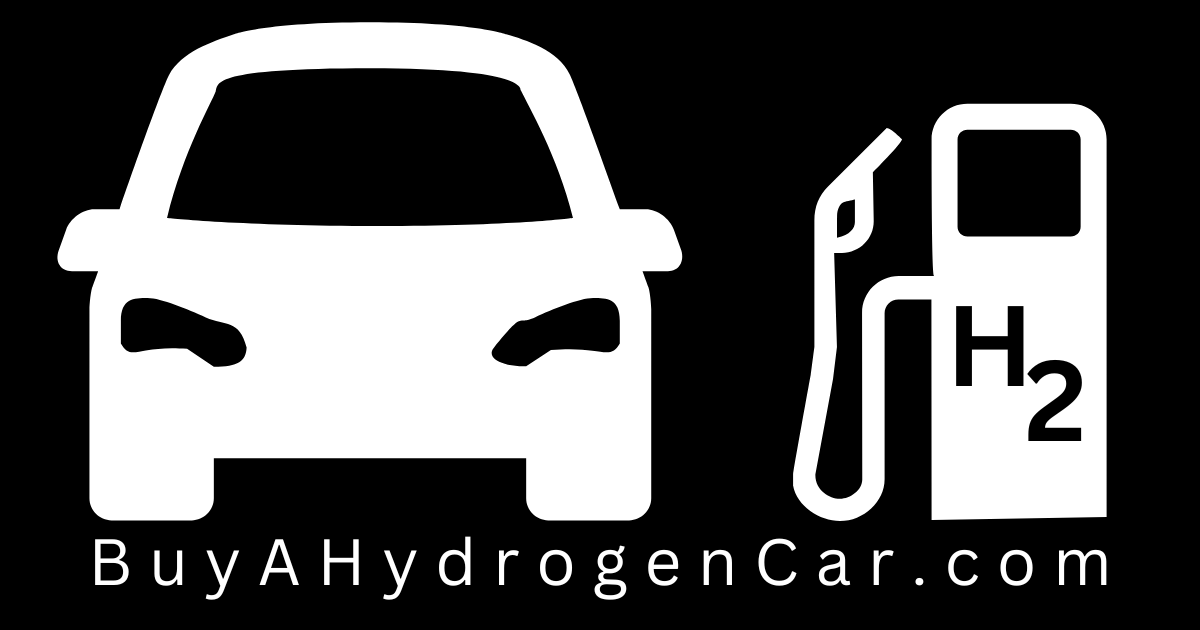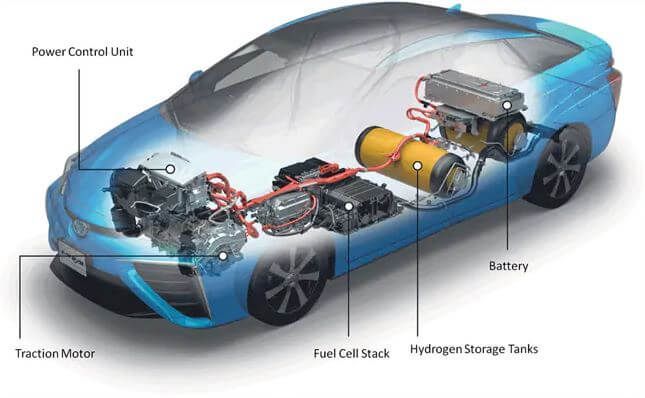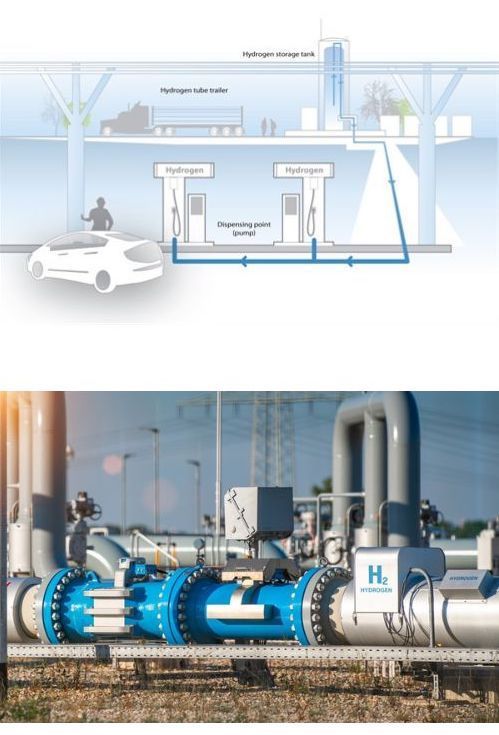How do Hydrogen Cars Work?
Hydrogen cars work by using hydrogen as fuel to power an electric motor. Here's how the process works:
- Hydrogen is stored in high-pressure tanks in the car.
- The hydrogen gas is then drawn into a fuel cell stack where it is combined with oxygen from the air, producing electricity through a process called electrolysis.
- This electricity powers an electric motor, which drives the wheels of the car.
- The only byproduct of this process is water vapor, which is emitted from the tailpipe.
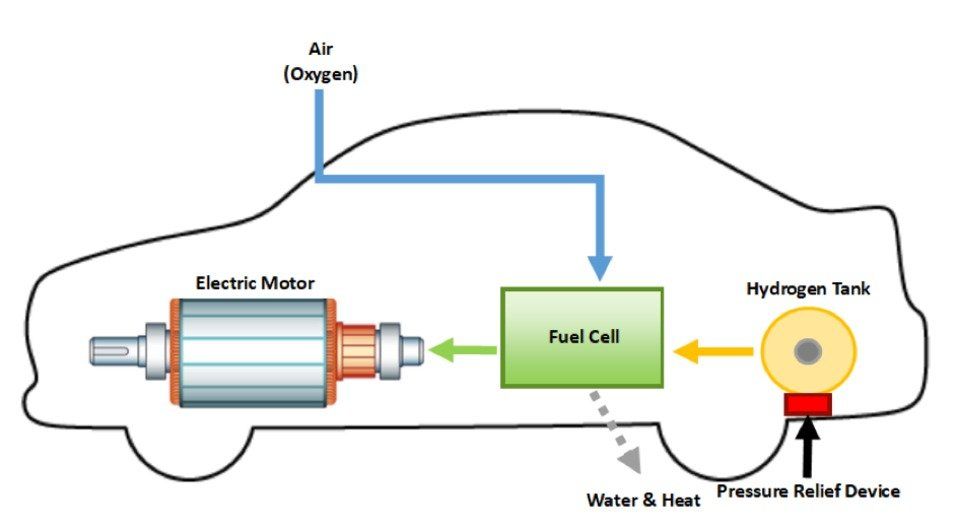
What is a Hydrogen Fuel Cell?
- The fuel cell stack is the heart of a hydrogen car, and it works by combining hydrogen and oxygen to produce electricity.
- Each fuel cell in the stack contains a positive electrode (called an anode), a negative electrode (called a cathode), and an electrolyte membrane in between.
- When hydrogen gas is passed over the anode, it splits into positively charged hydrogen ions (protons) and negatively charged electrons.
- The electrons are then used to power the electric motor, while the protons travel through the electrolyte membrane to the cathode.
- At the cathode, the protons combine with oxygen from the air to produce water vapor, which is released as the car's only emission.
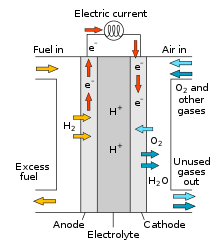
What technology is required in a hydrogen car?
- Fuel cells: Fuel cells are the heart of a hydrogen car. They use a chemical reaction between hydrogen and oxygen to generate electricity, which powers an electric motor that drives the car's wheels.
- Hydrogen storage tanks: Hydrogen is stored in high-pressure tanks in the car. These tanks need to be able to store enough hydrogen to provide a reasonable driving range.
- Electric drivetrain: Hydrogen cars use electric drivetrains, which means they have an electric motor and a battery, just like electric cars. However, in a hydrogen car, the battery is smaller because it only needs to provide short bursts of power.
- Compressors and regulators: Hydrogen needs to be compressed to a very high pressure to be stored in the car's tanks. Compressors and regulators are required to control the pressure of the hydrogen as it enters and leaves the tank.
What infrastructure is required?
To support widespread adoption of hydrogen cars, a hydrogen refueling infrastructure is essential. The infrastructure should include several components, including:
- Hydrogen production facilities: Hydrogen can be produced through various methods, including electrolysis, steam methane reforming, and biomass gasification. Production facilities will need to be located strategically to ensure a reliable supply of hydrogen.
- Hydrogen transportation: Once produced, hydrogen must be transported to refueling stations. This can be done through pipelines, tankers, or even by truck.
- Hydrogen refueling stations: Hydrogen refueling stations must be built and strategically located to ensure that drivers can access them easily. These stations must be equipped with high-pressure dispensers to fill the car's tanks quickly.
- Safety equipment: Hydrogen is a highly flammable gas, so safety equipment must be installed at hydrogen production facilities and refueling stations. This includes safety sensors, emergency shutoff valves, and ventilation systems.
- Regulatory and policy frameworks: Government policies and regulations play an essential role in the development of a hydrogen refueling infrastructure. This includes establishing safety standards, funding research and development, and providing incentives for the production and use of hydrogen fuel.
Building a hydrogen refueling infrastructure requires significant investment, and its development is still in the early stages. However, as hydrogen fuel cell technology improves and becomes more widely adopted, the infrastructure will become increasingly critical to support its growth.
Who is currently making Hydrogen Cars?
Several vehicle manufacturers are making hydrogen cars, or have plans to release them in the near future. Here are a few examples:
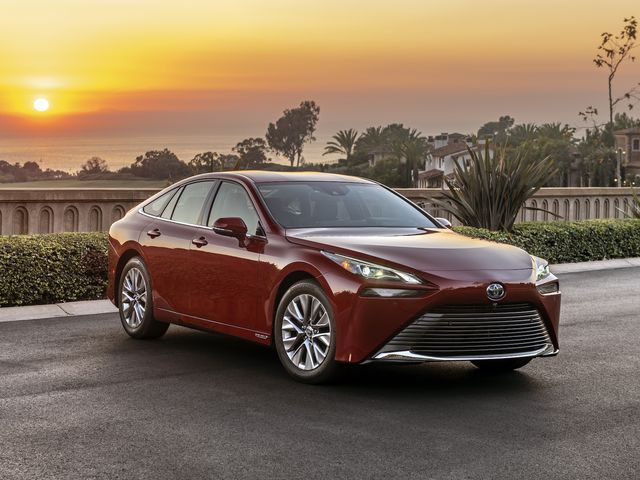
Toyota
Toyota was one of the first automakers to introduce a hydrogen car to the market, the Toyota Mirai. The Mirai has been on the market since 2015, and Toyota has plans to release a second-generation version in the near future.

Hyundai
Hyundai is another automaker with a hydrogen car on the market, the Hyundai Nexo. The Nexo has been available in select markets since 2018.
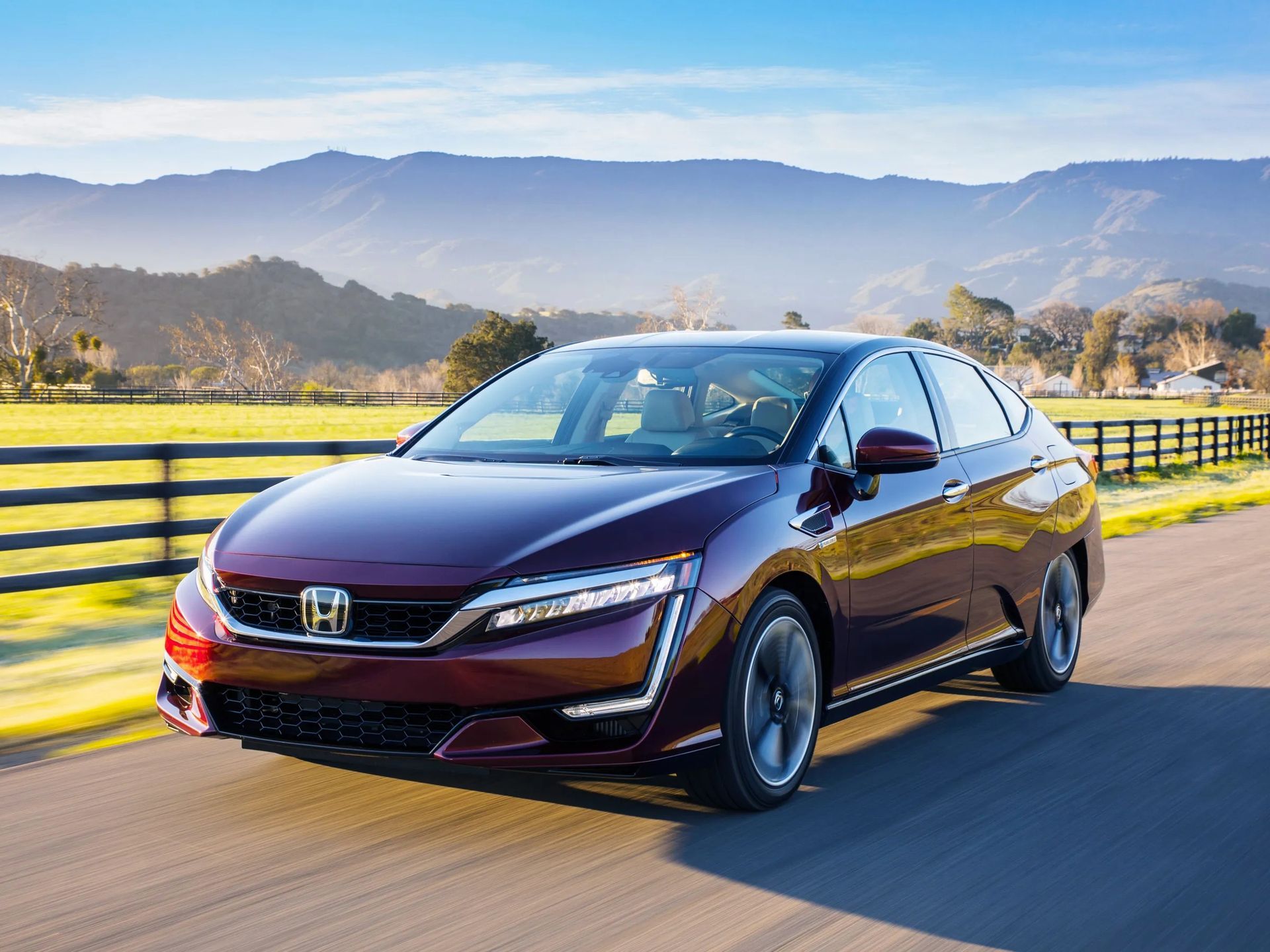
Honda
Honda has been working on hydrogen cars for several years and has released a few different models, including the Honda Clarity Fuel Cell. According to Reuters News, they are working on a new model which will be launched in 2024.
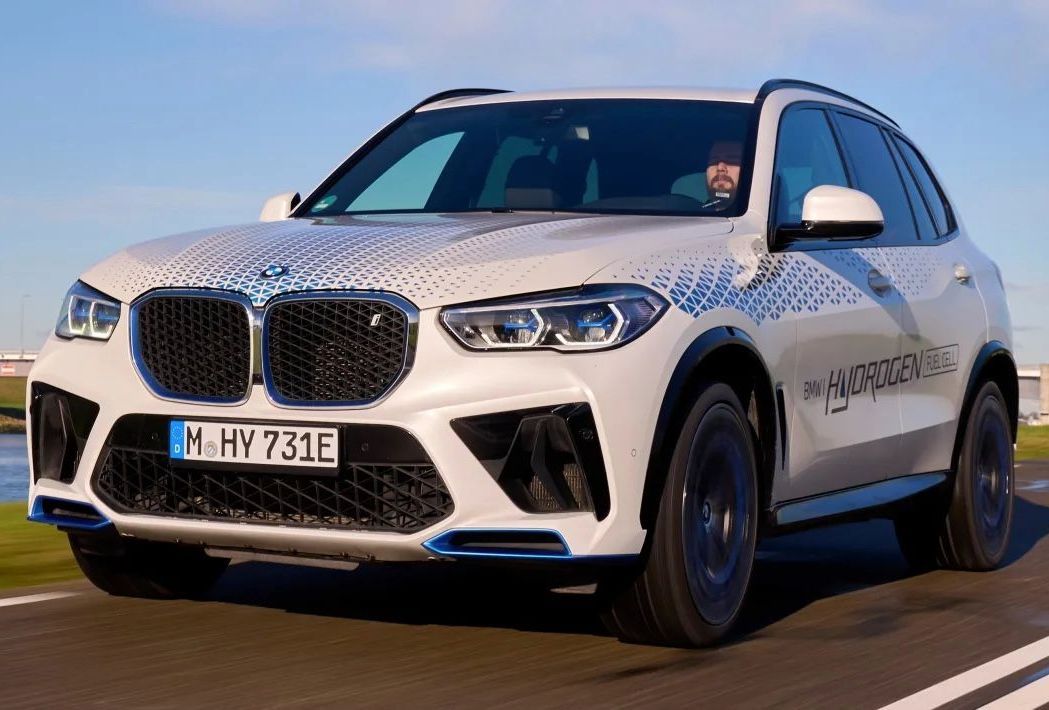
BMW
BMW has plans to release a hydrogen-powered version of its X5 SUV in the near future.
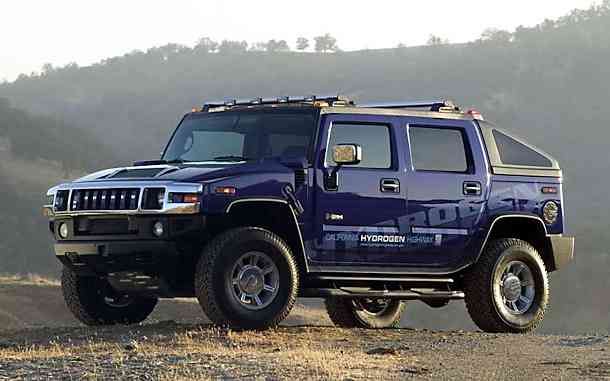
General Motors
General Motors is developing fuel cell technology in collaboration with car manufacturers like Honda, and for their own brands like the Hummer.
